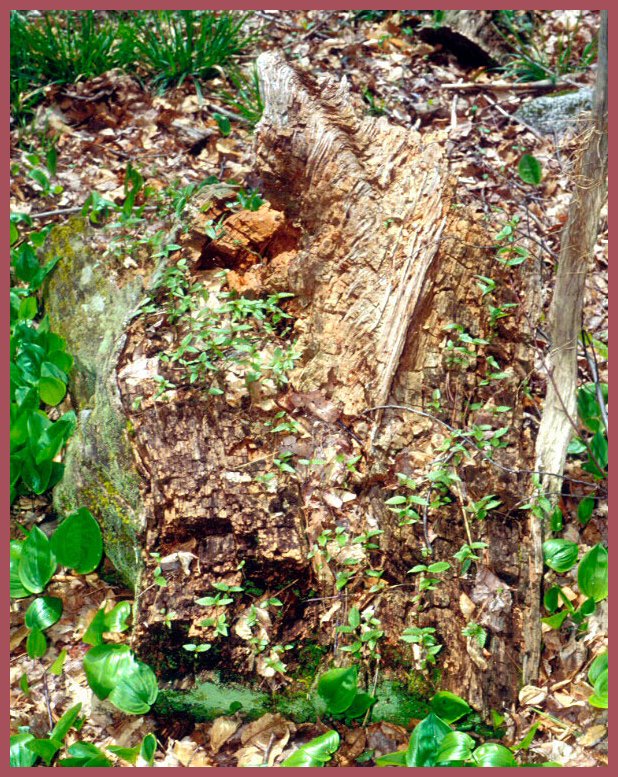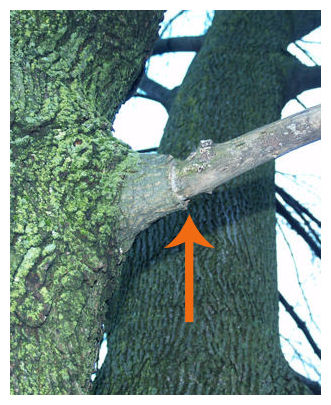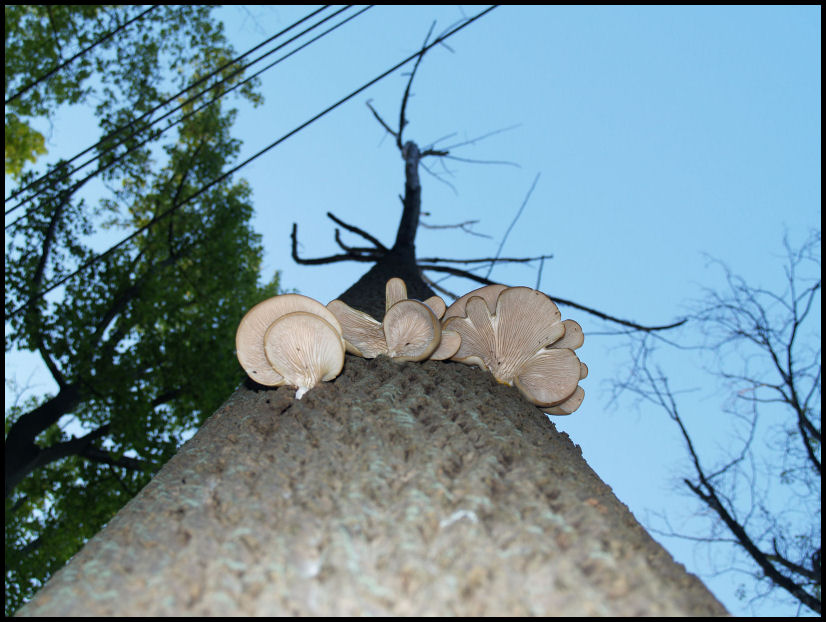 Symplastless
- Symplastless wood is a term that is lucid to
describe a tree or piece of wood or tree part that no longer maintains a
symplast. It does not mean the wood or tree does not have living organisms
or organs in or on. Simple, to the point, lucid!
Symplastless
- Symplastless wood is a term that is lucid to
describe a tree or piece of wood or tree part that no longer maintains a
symplast. It does not mean the wood or tree does not have living organisms
or organs in or on. Simple, to the point, lucid!At least you will know what I mean. Most people do not care what people think when they use loose terms to describe things they do not understand. I do.
Symplastless means that the tree, tree part or biomass in reference, does not maintain a symplast. It does not mean the mass is dead. It is to easy to call something dead. I really prefer the word symplastless rather than "dead". Often people refer to CWD as dead mass when in reality the mass could be 35% fungi cells alone. Not very dead but symplastless. [In contrast, what many people call dead (tree or log) includes a considerable number of living cells, as much as 35% of the biomass may be live fungal cells (Franklin, Shugart and Harmon, 1987, pg 551).
I would get in trouble at this point if I started calling symplastless wood - dead. I coined the term symplastless and stand beside it faithfully.
I would think the word symplastless would be an advanced tree biology term. If you insist that a tree that no longer maintains a symplast is dead, I would ask that you define what you mean when you say dead. The word symplastless is simple, to the point and lucid.
 It is a good idea to remove symplastless branches on trees
correctly. A symplastless branch would be one that no longer maintains
a symplast, does not produce chlorophyll, does not produce leaves or needles
and does not grow. A symplastless branch is in the process of being
shed. The picture shows a symplastless branch. The arrow shows
the target for removal. The area to the left of arrow is raised and
transformed truck tissue. It should not be removed. Just remove
the section without bark as close as possible to the trunk tissue without
wounding the trunk tissue and not leaving a stub.
It is a good idea to remove symplastless branches on trees
correctly. A symplastless branch would be one that no longer maintains
a symplast, does not produce chlorophyll, does not produce leaves or needles
and does not grow. A symplastless branch is in the process of being
shed. The picture shows a symplastless branch. The arrow shows
the target for removal. The area to the left of arrow is raised and
transformed truck tissue. It should not be removed. Just remove
the section without bark as close as possible to the trunk tissue without
wounding the trunk tissue and not leaving a stub. 